A Destination Guide to Filming in Colombia: The Amazon
Filming in the Colombian Amazon – Welcome to the Jungle
The second destination on our journey through Colombia – following on from Chapter One in the Llanos Orientales – leads us south, to the Amazon rainforest. Covering an area of 403,000 km², the Colombian Amazon makes up about 35% of the national territory and much of it remains unexplored. Filming in this off-the-beaten-track region can be logistically tricky; however, with a bit of know-how and perseverance you will be rewarded with footage of uncharted landscapes, little-known wildlife, and fascinating Indigenous cultures.
The Colombian Amazon is made up of six regions: Amazonas, Caquetá, Guainía, Guaviare, Putumayo, and Vaupés. While much of the area is covered by tropical rainforest, the Amazon comprises a diverse range of ecosystems and habitats, including Andean foothills, river plains, table mountains and tepuis, and urban areas. The rainforest is far from homogenous: what we call tropical rainforest actually consists of several distinct types of jungle, from seasonally flooded forests to white-sand forests.
Read All of Our Colombian Destination Guides
Our Destination Guides to filming in Colombia will open your eyes to the most beautiful and unique destinations in this country, as well as offering tips and pointers to producing your next project.
Introduction – A Destination Guide to Filming in Colombia
Chapter 1 – Los Llanos Filming Guide
Chapter 2 – The Amazon Filming Guide
Chapter 3 – The Pacific Coast Filming Guide
Chapter 4 – The Coffee Triangle
Chapter 5 – Bogotá
Chapter 6 – Islands of Colombia
Transport – Getting There
Arriving in the regional capitals – Leticia, Florencia, Inírida, San José del Guaviare, Mocoa, and Mitú - of the six departments which make up the Amazon is simple: almost all of them are connected to Bogotá by internal flights (only Mocoa doesn’t have an airport: it is served by flights to Villagarzon, just a 40-minute drive away). Florencia, San José, and Mocoa can also be reached by road from Bogotá. However, it’s important to note than not all these cities count on regular connections, and this is something to bear in mind when planning a production in the Colombian Amazon.
Local transport around these regional capitals is by road or boat, and many areas require lengthy hikes in order to access some of the most biodiverse or culturally interesting places. In regions where land access is possible, it is easy to obtain a good 4x4 vehicle; however, areas like Vaupés and Guainía, which are largely cut-off from the rest of Colombia, have a limited number of vehicles. In Vaupés in particular, there are only a handful of good cars available in the entire region for private hire, therefore it is vital to arrange transport well in advance.
Climate
Climate is a huge factor to bear in mind when planning a production in the Amazon. It’s called ‘rainforest’ for a reason, and lack of proper preparation can not only result in a washout, but also the risk of equipment damage.
The wet and dry seasons can also have a great impact on the landscapes and wildlife. Terrestrial wildlife is generally more difficult to find during the wet season, when forests flood and riverbanks practically disappear; however, traveling by canoe through these flooded forests can make for unique and evocative shots. During the dry season on many major Amazonian rivers, white-sand beaches appear as the waters recede.
It is also important to remember that, as the Colombian Amazon covers such a vast area, that there is no universal wet and dry season which all the different region share. For example, when Leticia in Amazonas department is at its wettest in January, Mitú in Vaupés department is at its driest.
These regional fluctuations in rainfall are significant, although it is also worth noting that there is no part of the Colombian Amazon that could be considered dry, even during the so-called ‘dry season.’ Even the driest city in the region – San Jose del Guaviare – sees an average annual rainfall in excess of 2,400mm.
Julian Manrique, WhereNext Head of Video, who has extensive experience filming in the Amazon, makes it clear how important it is to be properly prepared for wet conditions: “It’s vital to be properly prepared by waterproofing all equipment and accessories. It’s a constant battle of managing your gear and keeping it dry and free of humidity. Sometimes that might be a simple as a plastic bag, silica gels, and a poncho, while other set-ups require a much more sophisticated approach.”
Key Locations
Rivers and lakes are an important feature of the Amazon region, and there are several which standout for their beauty and accessibility. For example, Tarapoto Lake near Leticia, which is a RAMSAR Wetland Site, and is home to a large population of pink river dolphins along with many other species. The red waters and white-sand beaches of the Atabapo River are also easily reached by boat from the town of Inírida. In Putumayo, closer to the foothills of the Andes, there are many large waterfalls, including Fin del Mundo, an 80 meter cascade in the depths of the jungle.
Further afield, the Caquetá, Inírida, and Apaporis Rivers are all home to dramatic rapids; the Jirijirimo Rapids of the Apaporis are especially spectacular and have the added bonus of having rarely been featured in international film productions.
There are also several standout geological features in the Amazon. The Mavecure Hills in the region of Guainia are three giant rock formations which jut out above the jungle, offering breathtaking 360-degree panoramic views of the rainforest. Likewise, the Araracuara Canyon in Caqueta department combines imposing 80 meter tall rock walls with roaring rapids and Indigenous communities. In Guaviare, there are several rock formations which are covered in ancient Indigenous rock paintings: Cerro Azul and Nuevo Tolima both feature many of these paintings and are easily reached from the regional capital.
While access to some of these key locations can be difficult, WhereNext’s network of local contacts, bush planes, and experience shooting in off-the-beaten-track jungle locations makes us the ideal Colombia production company to partner with for filming in the Amazon.
Wildlife
The Amazon is one of the most biodiverse regions on Planet Earth, and is home to a wealth of species of birds, insects, amphibians, reptiles, and plants, as well as large mammals such as jaguars, tapirs, and pink river dolphins.
However, while shooting birds and wildlife in a region like the Eastern Plains is relatively simple due to the wide-open spaces and favorable lighting conditions, filming wildlife in the Amazon is much more difficult. The light in the rainforest is poor, the species are often shy and inconsistent, and the dense foliage makes it difficult to get a clear shot. As part of our feature-length documentary series The Birders we filmed in the jungles of Mitu, in the Amazonian department of Vaupes. Our local contacts in the region set us up with the very best birding guides whose knowledge and experience were invaluable in securing wonderful footage of otherwise hard to film species. Additionally, the experience of our cameramen in shooting birds in low-light conditions made the project a bit easier to execute.
Culture
Although sparsely populated, the Colombian Amazon is home to over 70 different Indigenous groups, all with their own unique languages, cultures, and traditions. Filming among Amazonian Indigenous people can be a visually rich experience. The lack of a homogenous culture in the region means that production companies often have to secure permission from several different local authorities before being able to film on their territory. During the filming of The Birders in Mitu we gained invaluable experience of how to negotiate with different Indigenous communities to film on their territory. We also worked extensively with a local Indigenous guide – Miguel – who we featured in the final film.
The north-west Amazon of Colombia is one of the most unexplored regions in the world, and represents a new frontier not only for scientists, explorers, and travelers, but for video production companies as well. It’s entirely possible to shoot in regions that have never before been featured in international productions.
Miguel Portura is a Tucano native who lives in Mitú and works as a birding guide for both national and international clients. He was also one of the protagonists of ‘The Birders: Mitú’













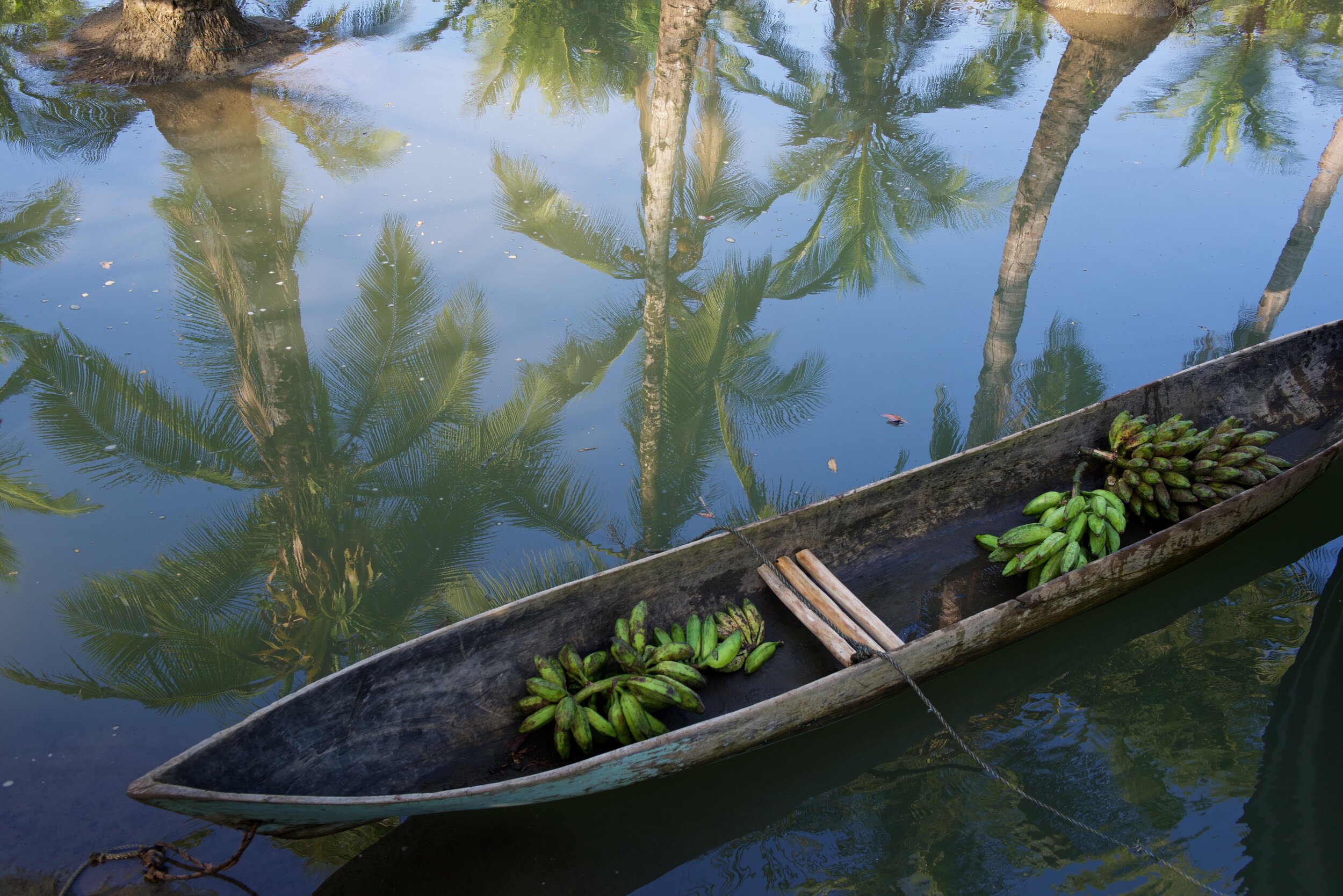
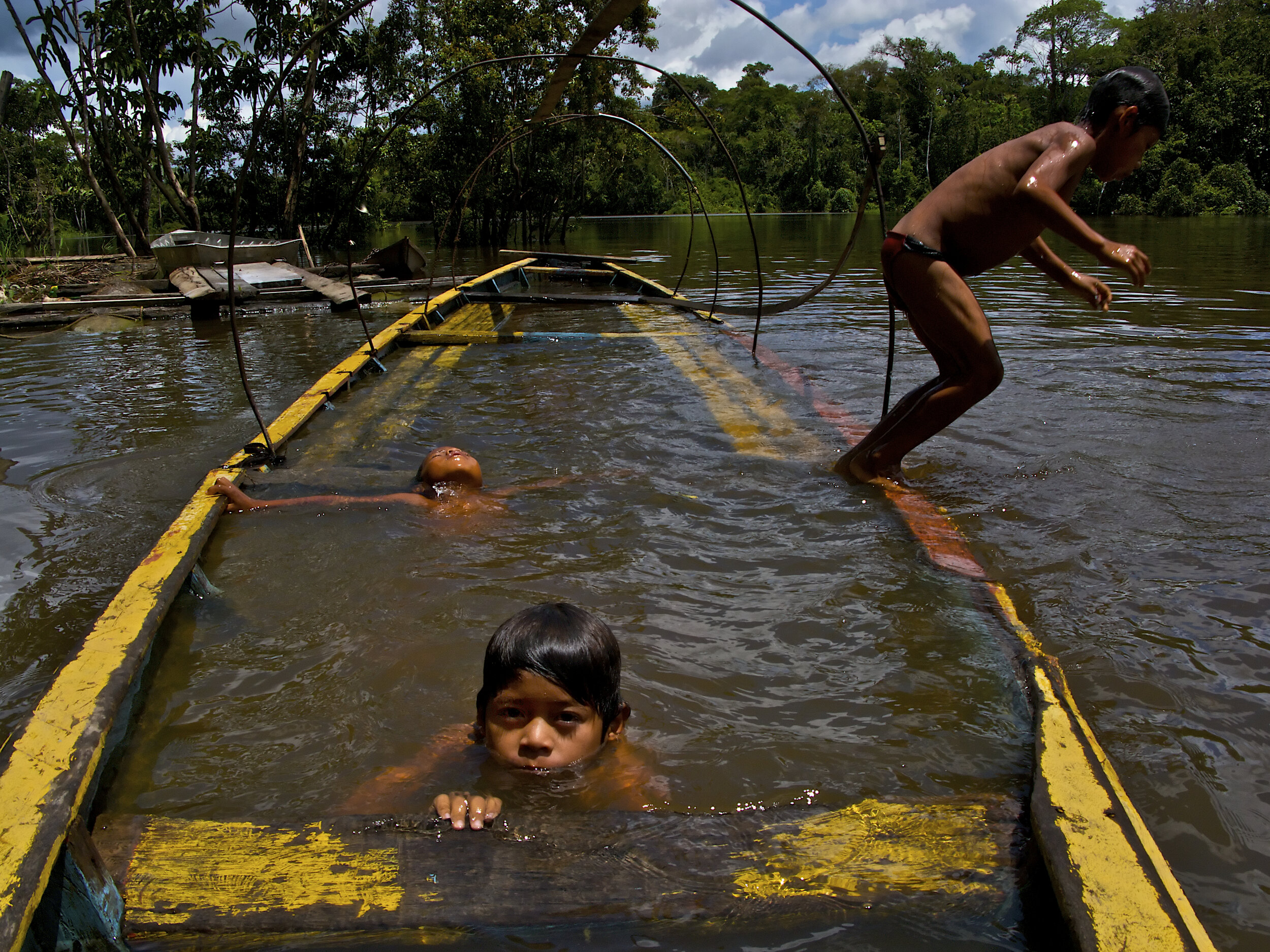
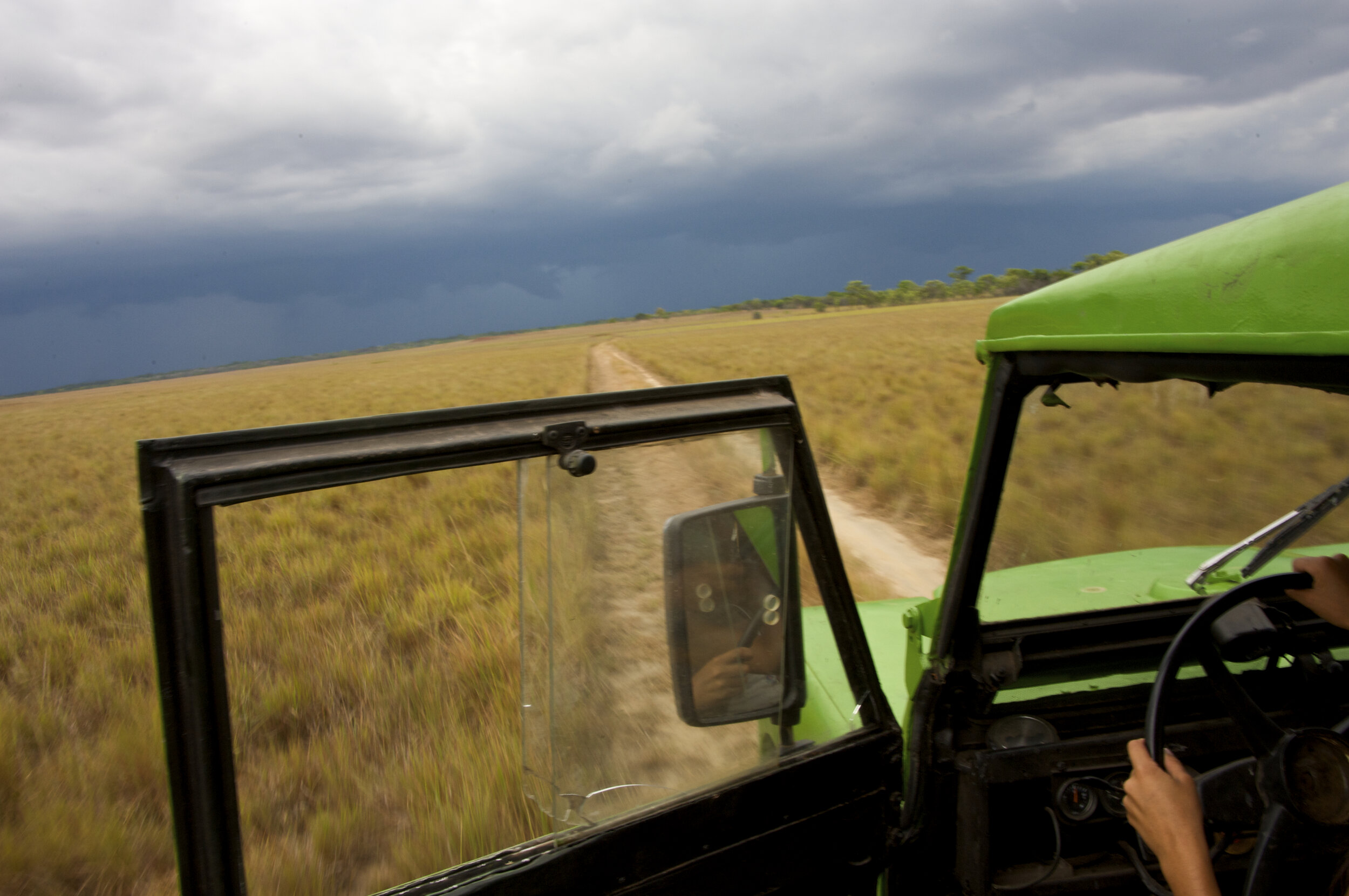
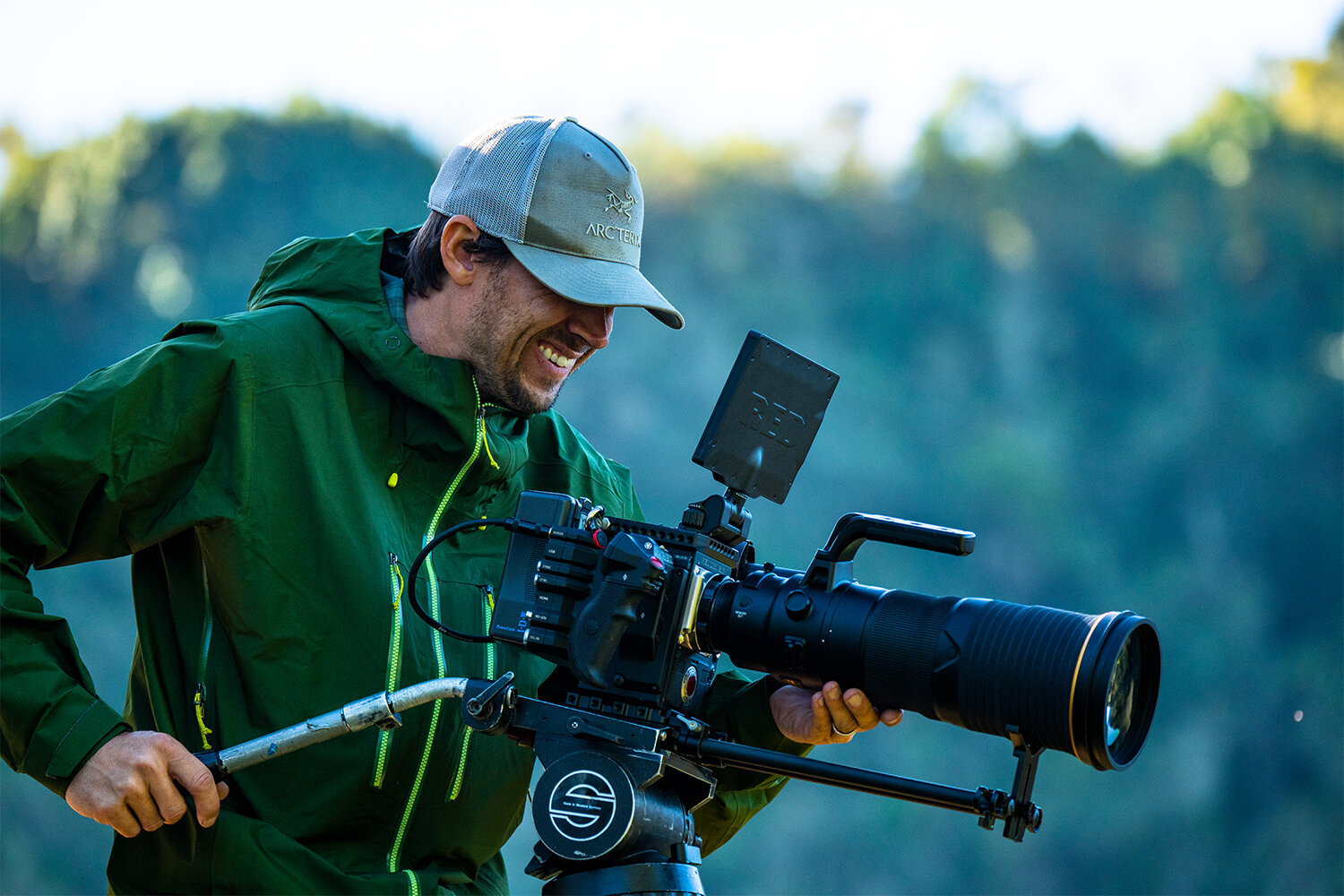
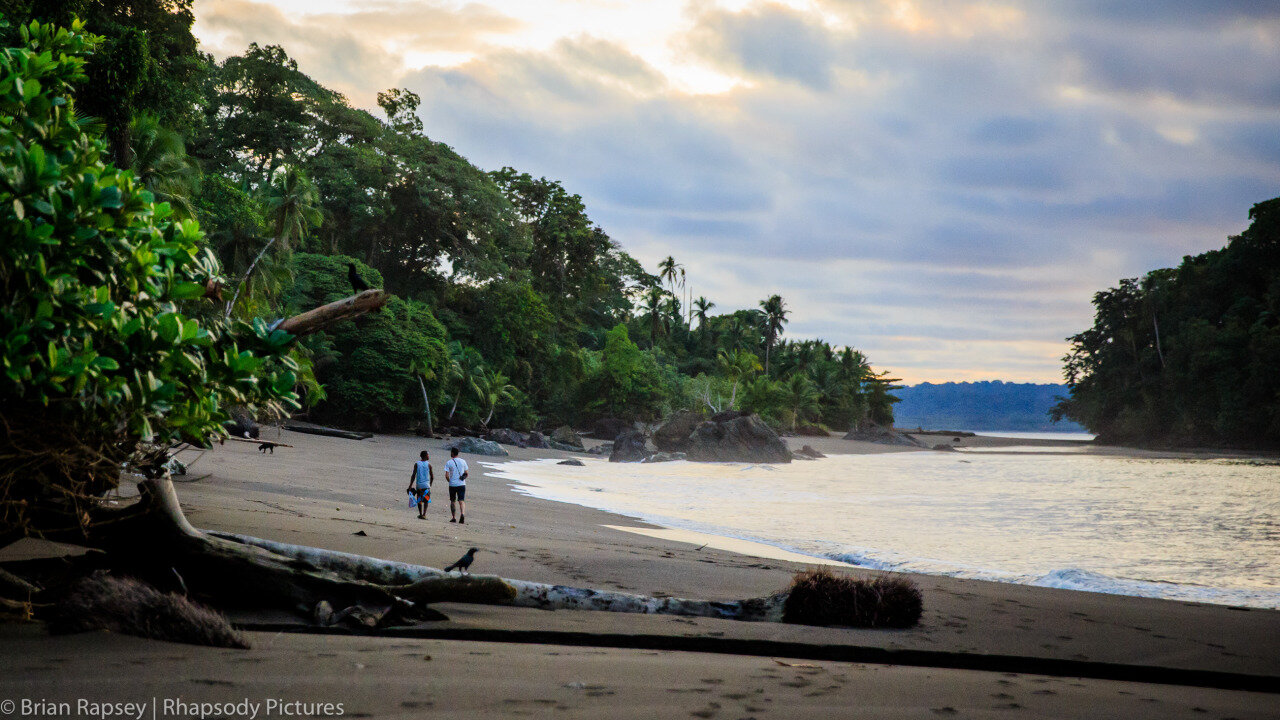
Check out our Colombia Production Company’s Guide to Colombia's spectacular National Parks. If you are considering filming a natural history production, here is what you need to know about Colombia’s spectacular wild destinations.